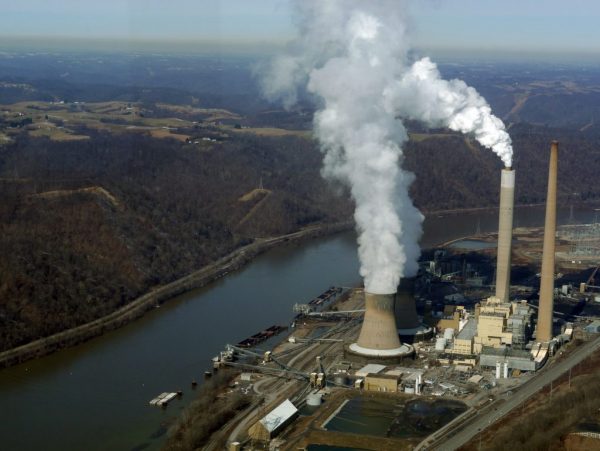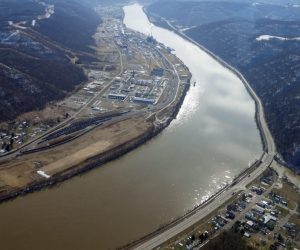- Like
- Digg
- Del
- Tumblr
- VKontakte
- Buffer
- Love This
- Odnoklassniki
- Meneame
- Blogger
- Amazon
- Yahoo Mail
- Gmail
- AOL
- Newsvine
- HackerNews
- Evernote
- MySpace
- Mail.ru
- Viadeo
- Line
- Comments
- Yummly
- SMS
- Viber
- Telegram
- Subscribe
- Skype
- Facebook Messenger
- Kakao
- LiveJournal
- Yammer
- Edgar
- Fintel
- Mix
- Instapaper
- Copy Link
The Ohio River Sanitation Commission (ORSANCO) is doing a review of pollution control standards. A webinar with more information about ORSANCO and their pollution control standards setting process is available here. Read more about what is going on, and listen to some expert opinions here.
We are concerned because one option the ORSANCO Commissioners are considering is to abdicate their pollution control setting standards role on the river—giving standard setting jurisdiction to State agencies, (like the WV DEP), or Federal entities (like EPA, and the Army Corps of Engineers).
For reasons why this is a concern, we need look no further than reports about pollution on the Mississippi River—where pollution control standards vary widely from state to state as the river passes through. We believe well coordinated pollution control standards are very important throughout the entire Ohio River watershed, especially in view of the impending rapid development of a new wave of oil and gas Industry infrastructure along the river and many of its tributaries.
There is currently a public comment period through 2/24/18. While this may be extended, and a public hearing planned, we urge you to take time to send a comment now—especially if YOUR public water system extracts source water from the Ohio River or one of it’s major tributaries. Huntington, and many other cities in our state and region utilize the Ohio River as their sole public water source. The tap water for 5 million people comes from the Ohio River!
Here are some of our big questions and talking points for comments:
- Some of the sampling areas along the Ohio River are over twenty miles apart. Where will states collect their samples from? Will states share information from each sampling site?
- There are at least 188 parameters among the 6 signatory states and EPA, for which ORSANCO has a criteria but the state or EPA does not. So, how will these extra pollution control parameters be handled, if ORSANCO ceases to centrally monitor them?
-
Mercury has posed a problem as quantities have steadily increased in the Ohio River from 2007 to 2013. Will states maintain a “mixing zone” ban, or will they take a stronger stance on mercury pollution?
- Mercury and other pollutants have resulted in fish consumption advisories being published by ORSANCO and state entities (like WV DEP); will these continue? Will fish be safe to eat if caught in the Ohio River, or any of it’s major tributaries?
-
Do we really know how well these state pollution control programs are working currently, and do we have enough data to feel assured that all states can meet the requirements for a successful program?
-
ORSANCO was created in part as an interstate water pollution control agency, to ensure pollution dumped into the Ohio River in one state doesn’t have a negative effect on the waters of another state. We still believe this is a very good idea—especially in light of spills from recent times – like the MCHM spill in 2014. Such petrochemical product spills are likely to be more, not less common in the future, especially if the massive Appalachian Petrochemical Storage Hub project becomes reality very close to the Ohio River.
- The Ohio River is already considered the most polluted inland waterway in the United States. Do we really want the kind of “race to the bottom” that may result from turning over full pollution control standard setting authority to each state?
Instructions for Submitting Comments (must be received by February 24, 2018)
All parties interested in submitting comments may do so by mail or email.
Mailed comments should be addressed to ORSANCO, 5735 Kellogg Avenue, Cincinnati, OH 45230, Attn: PCS Comments.
Emailed comments should be sent to: PCS@orsanco.org
Emailed comments must be sent by the original submitter. Third party emails will not be accepted in order to protect data systems integrity. Comments must be included in the body of the email. Email attachments will not be accepted in order to protect data systems integrity.
Please contact ORSANCO directly at 513-231-7719 for instructions on submitting technical and scientific information or data since email attachments cannot be accepted. Your name and mailing address must accompany all correspondence.












